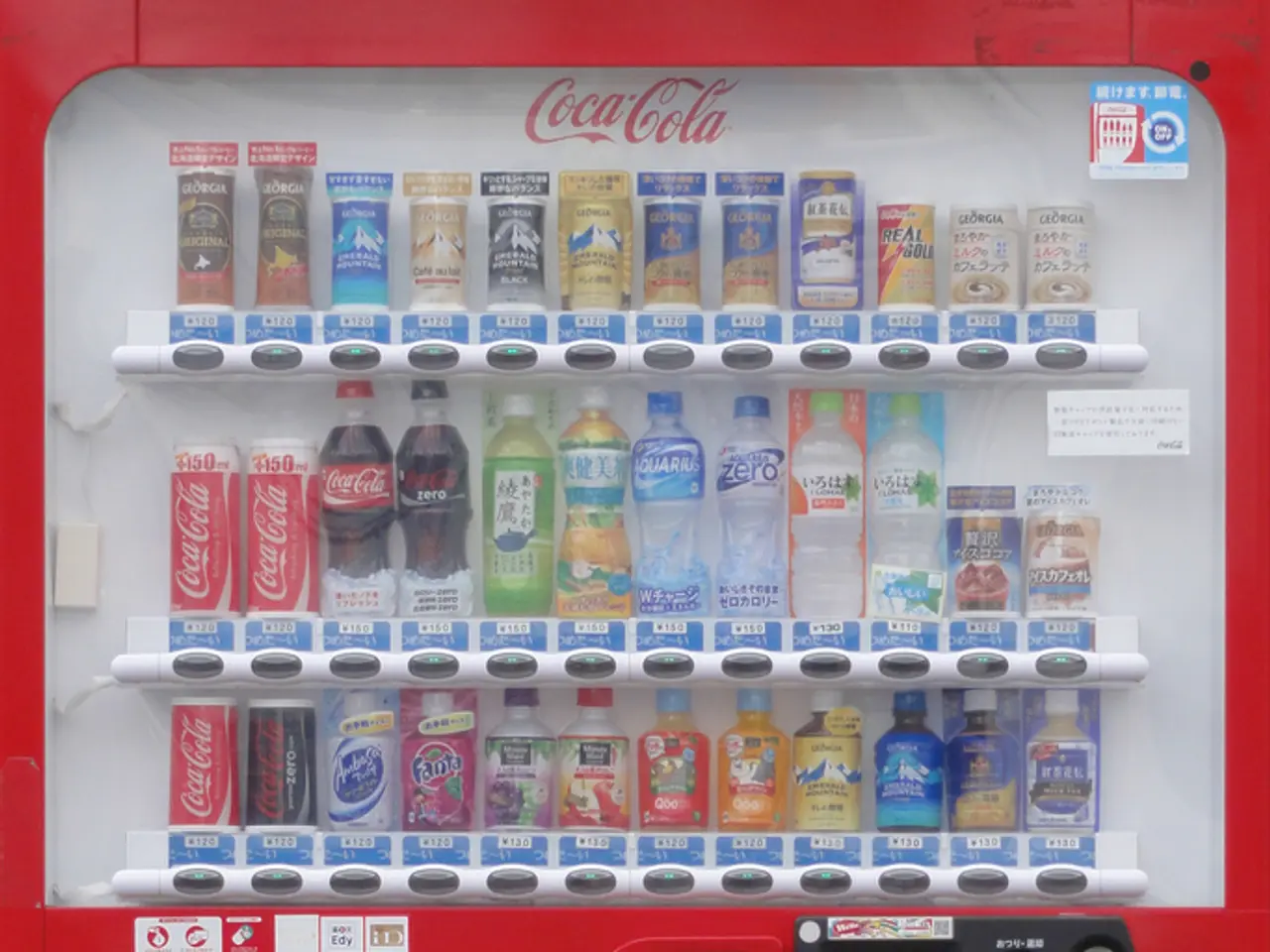Energy-Efficient Refrigeration: A Promise of Less Carbon Footprint Through Solid-State Technology
In a groundbreaking study, the Rocky Mountain Institute (RMI) has shed light on the growing ecosystem of innovative firms working to bring more efficient, refrigerant-free solid-state cooling technologies to market. This shift, if successful, could significantly reduce energy consumption and environmental impact compared to conventional systems.
The study, titled "Innovation to Impact: Advancing Solid-State Cooling to Market - Challenges and opportunities for scaling breakthrough cooling startups," highlights several key players in this field. MIMiC, a New York-based company, is developing thermoelectric solid-state systems specifically to replace the conventional packaged thermal AC (PTAC) units used in hotels and multi-tenant buildings. From Germany, Magnotherm is making strides in the development of magnetocaloric refrigerators for supermarkets, grocery stores, and other retail applications.
Other notable companies mentioned in the RMI study include Barocal, Pascal, and Exergyn. These firms are innovating with novel materials and compressor-free, refrigerant-free systems.
However, the path to commercialisation is not without its challenges. The study identifies four main hurdles:
- Efficiency drops: When elastocaloric materials are fully integrated into systems, their performance can be reduced by as much as a factor of three.
- Material fatigue: Due to the repetitive mechanical stretching or compression inherent to barocaloric and elastocaloric mechanisms, material fatigue is a potential problem for both technologies.
- High initial costs: Developers must leverage existing high-volume production techniques and components to reduce development time, costs, and supply-chain risks.
- Navigating a steep cost-reduction curve as the market matures.
These challenges reflect the disruptive nature of solid-state cooling in a historically stable, refrigerant- and compressor-based global cooling market. Yet, substantial investment from both academic and commercial teams is helping overcome these barriers.
Solid-state cooling systems, unlike vapor compression technologies used by roughly 95% of the world's refrigeration equipment, don't operate by moving heat between reservoirs. This design potential allows them to achieve coefficient-of-performance (COP) scores above 10. Moreover, solid-state coolers eliminate the need for compressors, hoses, and other failure-prone mechanical parts, as well as the need for refrigerants with high global warming potential.
Once several technical challenges are overcome, solid-state cooling technologies may compete in markets currently valued at over $272B/yr and expected to grow to $600B by 2050. The table below provides a fairly complete list of the major players in solid-state cooling technology at the time of writing.
In summary, the RMI study underscores both the technological promise and the strategic market efforts underway to advance this greener alternative. As these technologies evolve, they have the potential to revolutionise the cooling industry, offering a more efficient, sustainable solution for the future.
- In the realm of environmental science, the Rocky Mountain Institute (RMI) has illuminated the burgeoning industry of firms aiming to bring energy-efficient, refrigerant-free solid-state cooling technologies to market.
- This shift toward solid-state cooling, if successful, could lead to a significant reduction in energy consumption and environmental impact compared to conventional systems.
- The study, "Innovation to Impact: Advancing Solid-State Cooling to Market - Challenges and opportunities for scaling breakthrough cooling startups," has spotlighted several key players, such as MIMiC, a company from New York, and Magnotherm, based in Germany.
- These companies are innovating with novel materials and compressor-free, refrigerant-free systems, with MIMiC focusing on replacing conventional PTAC units in hotels and multi-tenant buildings.
- Despite the promising future of solid-state cooling, the path to commercialization is fraught with challenges, such as efficiency drops, material fatigue, high initial costs, and navigating a steep cost-reduction curve.
- Investment from both academic and commercial teams, however, is helping to overcome these barriers, and with the right support, solid-state cooling systems could revolutionize the $272B/yr cooling industry and grow to a $600B market by 2050.
- Data and cloud computing, finance, wealth management, business, personal finance, real estate, and renewable energy could all play crucial roles in this revolution, as solid-state cooling systems offer a more efficient, sustainable, and less failure-prone cooling solution.
- The increasing adoption of these technologies could have far-reaching impacts on health-and-wellness, fitness-and-exercise, climate-change mitigation, and other aspects of our lives where energy and cooling are essential, thereby contributing to a greener and more sustainable future.




